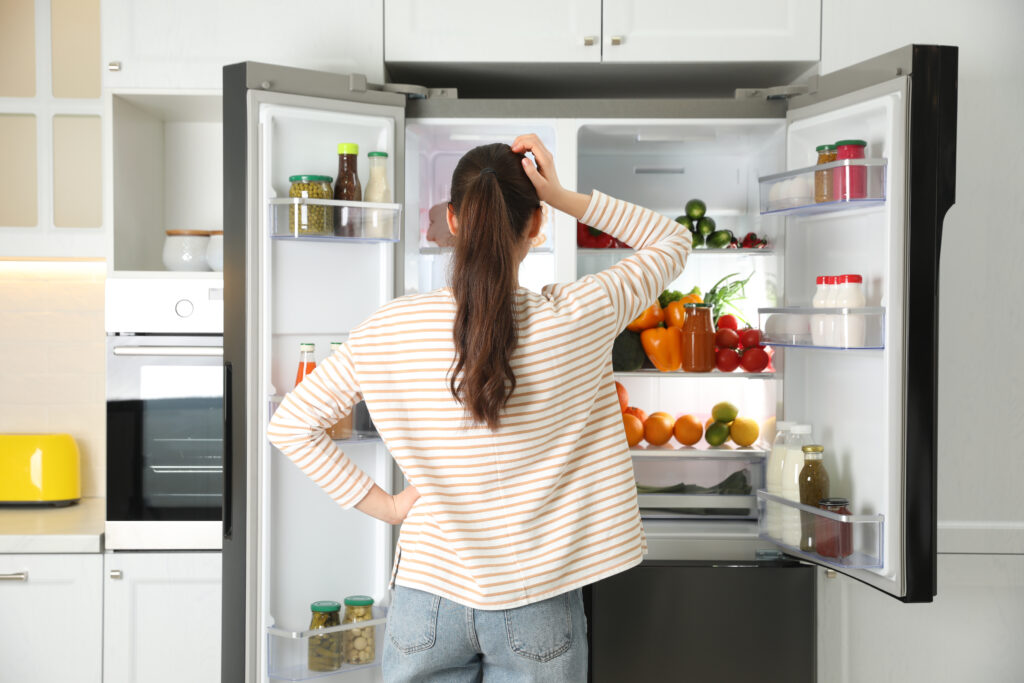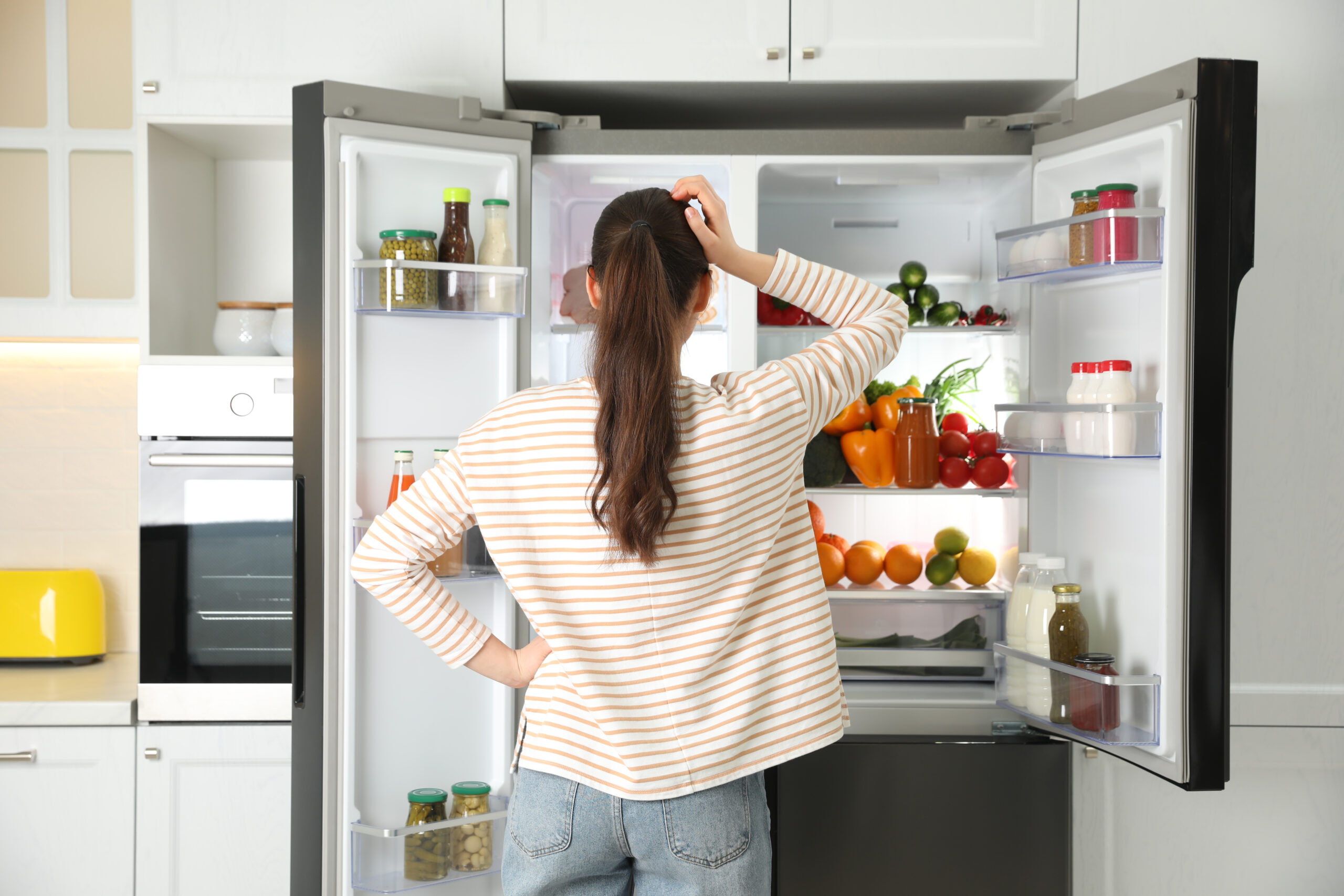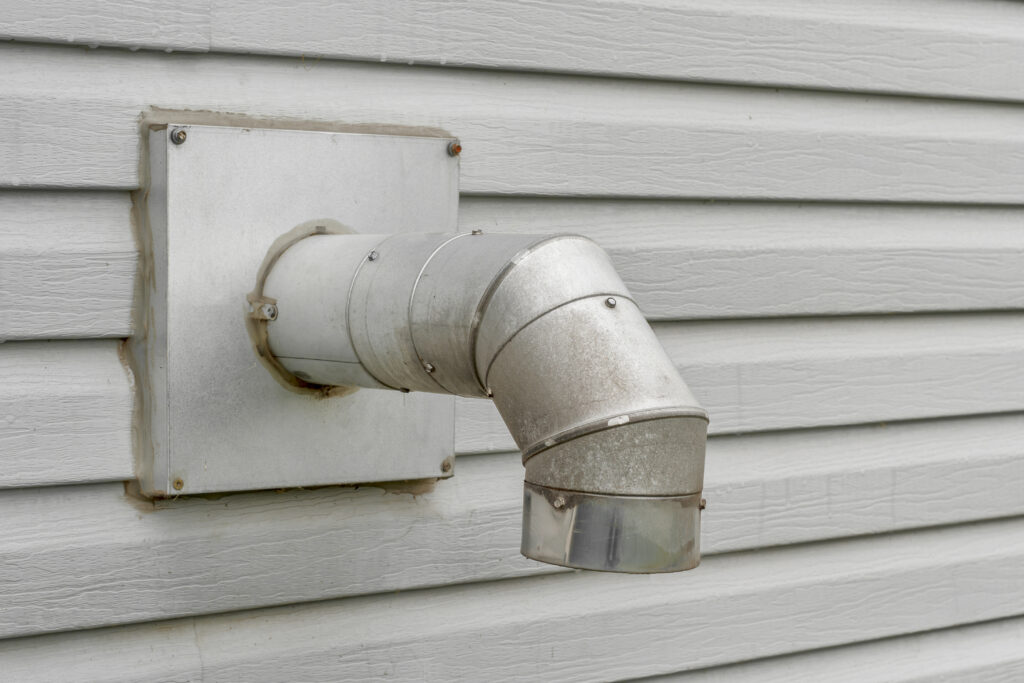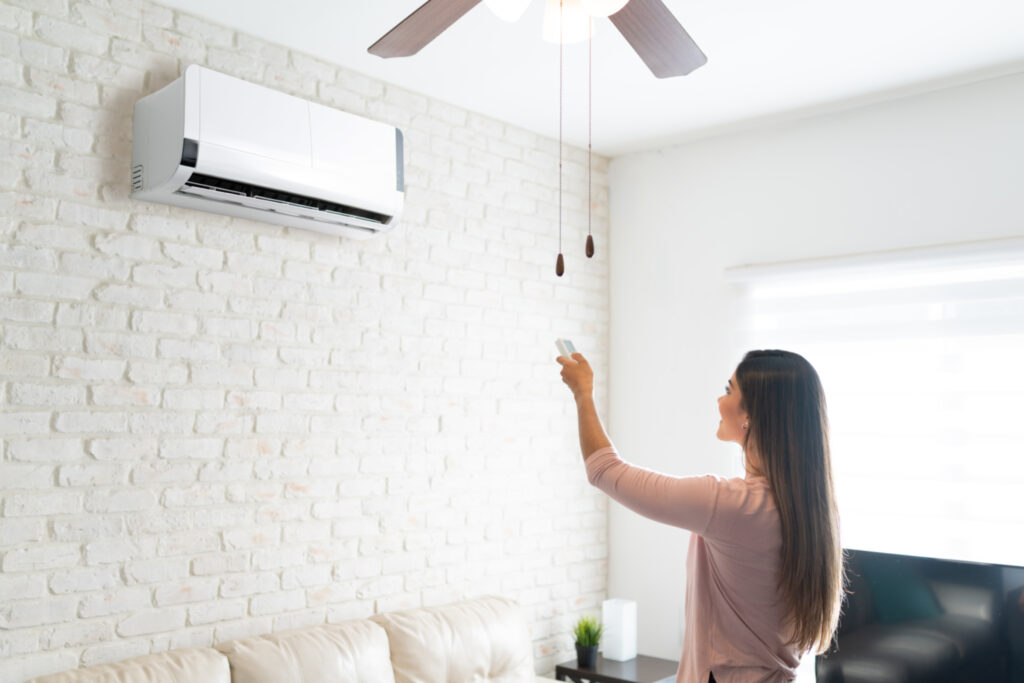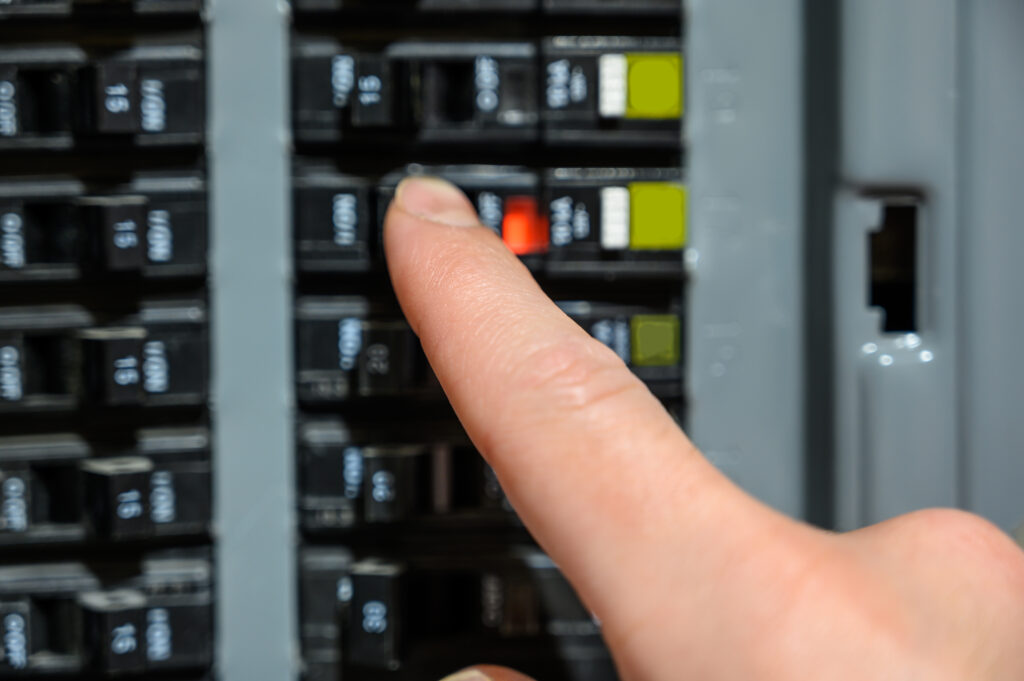Why Is My Freezer Side Not Working? Pro Tips Every Homeowner Should Know
There’s nothing quite like reaching into your freezer for a scoop of ice cream or a bag of frozen peas and realizing… wait a sec, everything’s mushy. Whether it’s your side-by-side refrigerator or a top-bottom combination, a malfunctioning freezer can be a real curveball—especially when you’re not sure where the issue is coming from. If your freezer side isn’t working but the fridge seems fine, you’re in the right place. Let’s take a relaxed but knowledgeable stroll through what might be going on, why it matters, and what you can do about it. And hey, we’ll toss in some homeowner-focused insights into how a home warranty could help you worry less next time it happens.
Understanding How Your Freezer Works
Okay. So before we dive into why your freezer might be misbehaving, let’s get you a brief 101 on how the freezer side of a refrigerator functions. This isn’t just “cold air = frozen stuff.” There’s a whole system at play. Most fridges work off a single cooling system that chills both the fridge and freezer compartments. Cold air is generated by a compressor and circulated by a fan, usually into the freezer side first, then diverted in small quantities to the fridge. Thermostats, control boards, and vents coordinate the process. That’s the basic architecture. Add in sensors, evaporator coils, defrost heaters—it’s basically organized chaos.
Common Reasons the Freezer Side Stops Working
Now for the mystery diagnosis phase. If the fridge section feels like it’s chilling just fine but the freezer’s lagging or completely warm, several suspects could be in play. The first culprit? A faulty evaporator fan motor. This fan is in charge of circulating cold air through the freezer. If it stops spinning, that air’s not getting anywhere. Another one we see a lot: the defrost system is just… not defrosting. When frost builds up on evaporator coils, airflow is restricted and temperatures rise even though the system is trying its best. Then there’s the classic gunked-up vents, clogged coils (usually caused by dust bunnies gone rogue), and of course, malfunctioning thermostats or control boards that stopped talking to each other. Like I said, pretty chaotic under the hood.
Distinguishing Between a Minor Issue or Something More Serious
Here’s where things get a bit more nuanced. Some issues are quick DIYs—a blocked air vent due to overpacking the freezer, for instance, just means removing some items and clearing flow. Melted ice cream crisis averted. But when the compressor clicks repeatedly, nothing cools, or there’s water pooling at the bottom… you’re past the DIY zone. A dead start relay, faulty main control board, or sealed system issue (ugh) could mean significant repair costs. And unless you have a background in appliance repair—and who does, right?—you’ll want a pro’s help sooner than later.
Why This Happens More Than You Think
You’re not alone. Seriously, this happens to a lot of homeowners, often out of the blue. Most freezers work pretty hard—cycling on and off all day—especially during the summer or big family gatherings. Combine that with normal wear and tear, maybe a little forgetfulness about vacuuming the back and bottom coils for, say, two years, and problems can start bubbling up. Appliances don’t last forever. Even if you spent a pretty penny, parts wear out. That doesn’t mean you did anything wrong—it just means your appliance likely hit its natural hiccup point.
What Can You Do Right Now?
Let’s talk solutions. First, unplugging and plugging the unit back in is more helpful than you think. It resets the system and can clear glitchy control board misfires. If nothing changes, inspect air vents between the compartments—blocked vents restrict air regulation. Next, listen for sounds. That whirring buzz? That means the fan is trying. Silence or clicking might point to the relay or motor being stuck. You can also gently clean the back coils and check for excess frost buildup on the panel inside the freezer. Finally, don’t forget the good old thermometer—place one in the freezer and see if it’s even approaching 0°F. If it’s way off, there’s definitely an issue needing expert eyes.
How a Home Warranty Can Save You Time and Heartburn
And here’s where I nudge you, ever so gently, toward something proactive. Fixing a freezer side that’s not working can cost anywhere from $200 to over $1,000 depending on the issue, the brand, and who you call. That’s not pocket change. A home warranty with appliance coverage—like Armadillo’s customized plans—allows you to call in experienced, vetted pros with a fraction of the out-of-pocket cost. You don’t have to stress about finding someone trustworthy while your groceries slowly thaw. Instead, you request service, pay a modest fee, and Armadillo takes the reins. It’s protection with less panic.
Make Freezer Problems Less Frozen in Time with Armadillo
If your freezer side stops working, the most frustrating thing is the uncertainty—what’s wrong, who should fix it, and how much will it cost? Here’s the thing: you don’t have to face all that alone. Armadillo makes home ownership smoother with modern home warranty plans that actually make sense. Our coverage includes major appliances like refrigerators, and our digital-first service ensures you’re not endlessly on hold or booking appointments with “maybe” repair shops. Set yourself up for less stress and more chill next time something goes warm in the freezer. Head over to our homepage to learn more or jump in and build your custom plan at this link today. Your future ice cream thanks you.
















